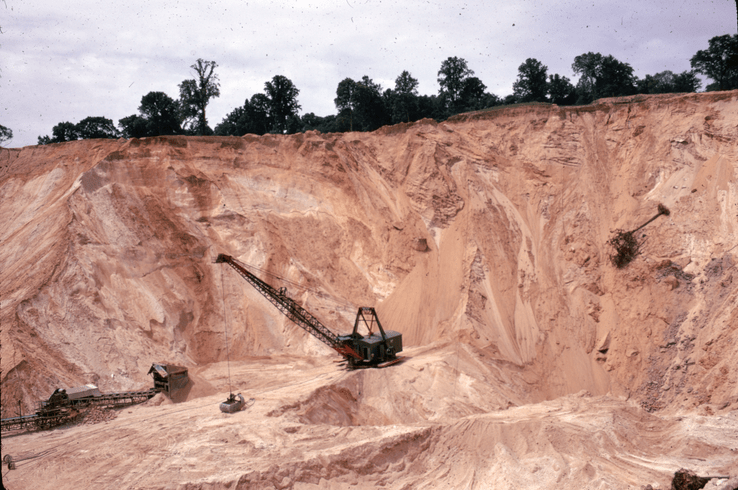
Port Washington’s history is long and detailed, stretching back before the founding of the United States. To recount it all would seem impossible, but the Cow Neck Historical Society’s walking tours have provided residents and visitors with lessons about the area’s founding, economy and points of interest.
For those visiting Harborfest who want to learn more about the area, they don’t have to stray far from the festival grounds. The Town Dock itself, which hosts Harborfest, was originally built in the 1870s to serve steamboats. Port Washington at the time was sparsely populated and the primary industry was shellfishing (Matinecock Indians called this place Sintsink, “land of many shells”). The Town of North Hempstead took over the dock in 1910 and widened it in 1954.
Nearby is Sunset Park, which is built on landfill pulled from the ground to create the East River tunnels. It was the Long Island Rail Road that led to the increased settlement of the area; when the train arrived in 1898, the peninsula had only 1,200 residents, a fraction of the 36,000 who live there today.
Around this time, sand mining was challenging shellfishing as the primary industry in Port. In 1880, two-thirds of men in Port listed “oysterman” as their profession. But sand mining — which began after the Civil War — was starting to catch up. From Mill Pond to Cow Neck Road, 200 million tons of sand was excavated for use in New York City subways, sidewalks, and skyscrapers. Shellfishing ended around 1925 due to pollution and overfishing, but sand continued to be pulled from the Port Washington ground until 1989.
The Baxter Homestead was settled next to the Mill Pond in 1741 on land believed to have been the location of a Matinecock Indian village. The structure there served as Port’s first library in 1892 and was the home of American architect Addison Mizner; unfortunately, the house was torn down in October.
Also gone is the Knickerbocker Yacht Club, which was founded in New York City in 1874. Originally located on the Harlem River, it moved to Port in 1907 and was located at the current location of the Knickerbocker Hotel.
One old building that has managed to survive is the Bayles Building, which houses the Dolphin Bookstore. The location housed the original Bayles Pharmacy starting in 1876; in 1895, it became the first place in Port to have phone service. The current building was finished in 1916.
Those interested in the full tour can visit the organization’s website, cowneck.org. Tours will be held this weekend at 11 a.m., starting at the Town Dock. These tours are on the first Saturday and Sunday of each month from May through October.
All information in this article was provided by Chris Bain and the Cow Neck Historical Society.






